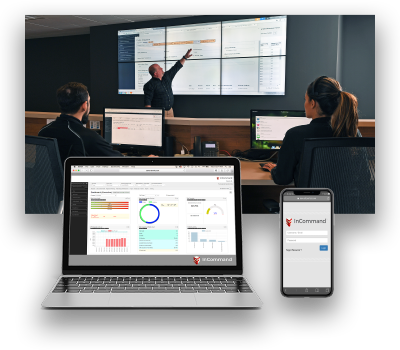The history of business IT and data center operations offers many examples of strategically planned projects using advanced transformative technologies. But some of these have foundered as a result of failure in aligning technology, business and cultural changes within the broader context in which change is needed. This has led to trade-offs where projects are watered-down or abandoned.
In the era of digital transformation, this is no longer an option.
The question to ask is, does digital transformation represent a 10x change for the enterprise and for those tasked with operating data centers and IT? Intel founder and CEO Andy Grove addressed 10x changes at the enterprise level in his seminal business book and IT industry history explainer Only the Paranoid Survive (1996 version):
“To manage a business in the face of a “10x” change is very, very difficult. The business responds differently to managerial actions than it did before. We have lost control and don’t know how to regain it. Eventually, a new equilibrium in the industry will be reached. Some businesses will be stronger, others will be weaker. However, the period of transition…is particularly confusing and treacherous.”
Now, nobody will ring a bell to call your attention to the fact that you are entering into such a transition. It’s a gradual process; the forces start to grow and, as they do, the characteristics of the business begin to change. Only the beginning and the end are clear; the transition in between is gradual and puzzling.
What such a transition does to a business is profound, and how the business manages this transition determines its future. I like to describe this phenomenon as an inflection point.
In the context of data center digital transformation, two key questions are: How are data center characteristics changing? Is the data center at an inflection point?










